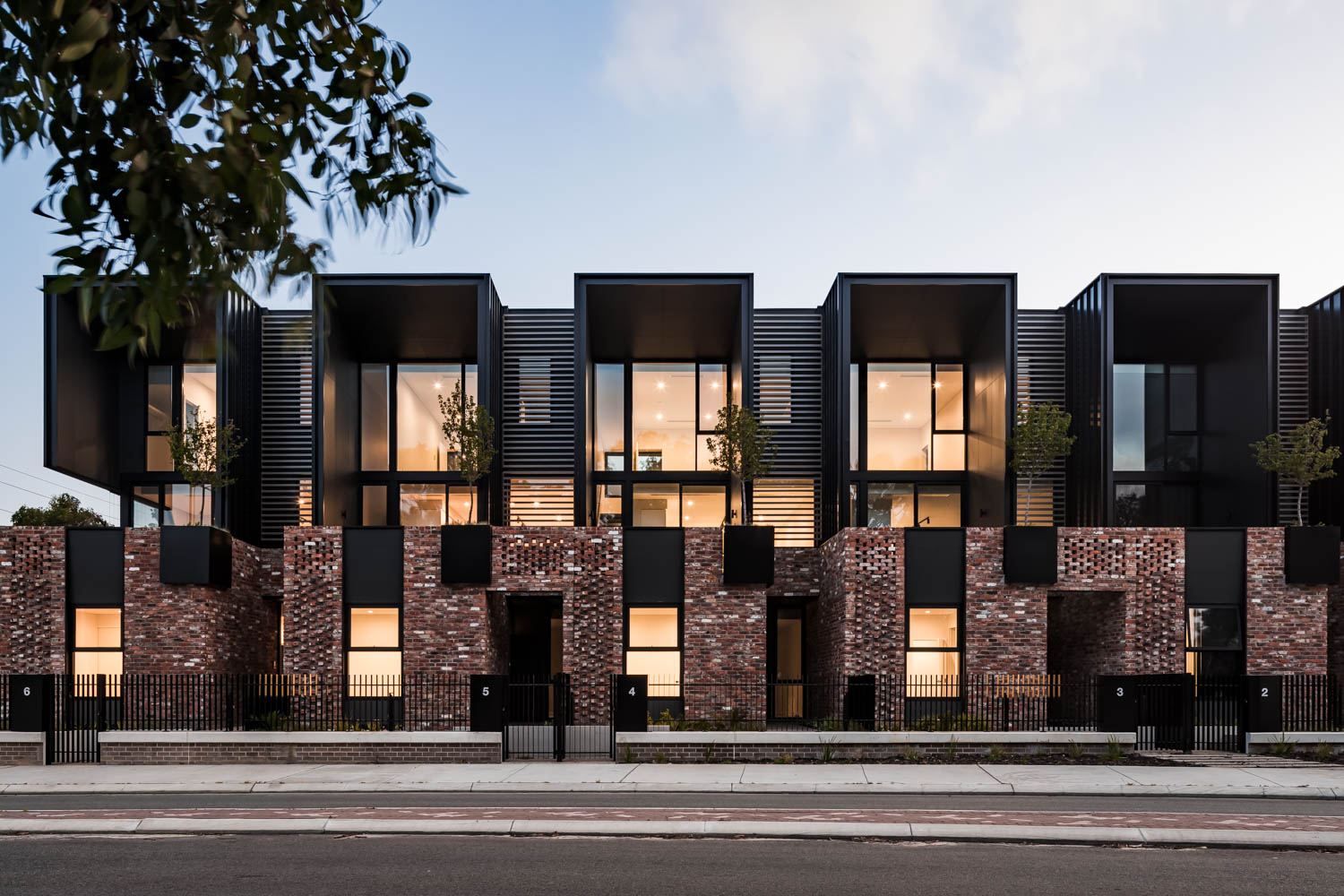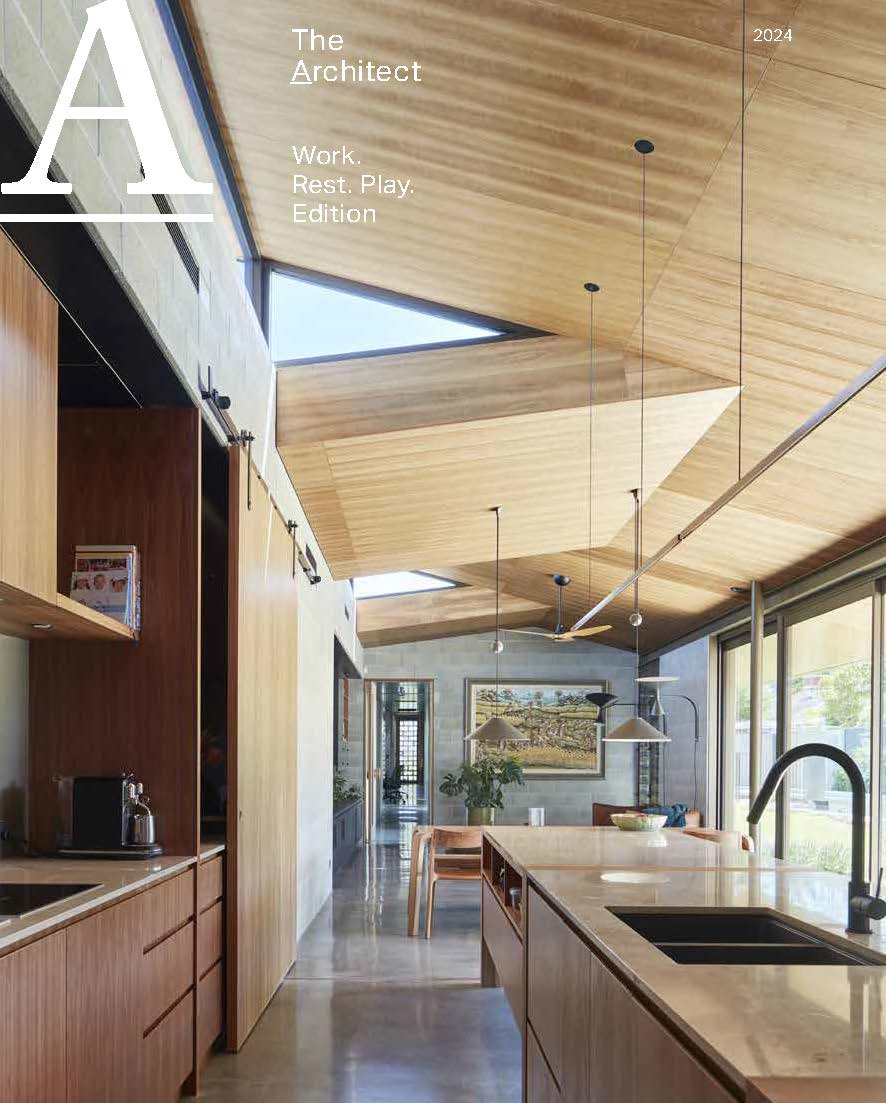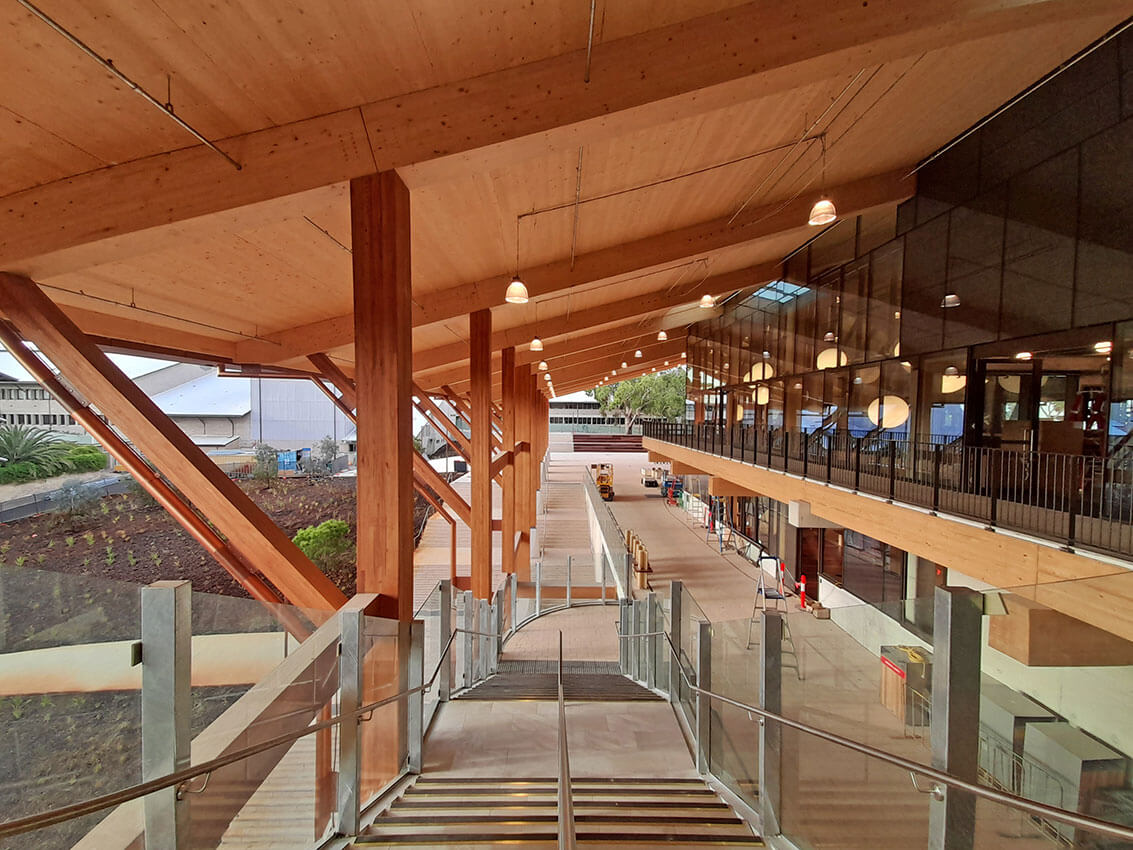The WA Chapter of the Australian Institute of Architects and the Association of Consulting Architects welcomed the news in January that the State Government’s new Medium Density Code will proceed.
Following the State Government’s deferral of the gazettal of the code late last year, there was considerable activity and discussion on a way forward. The Institute and ACA actively led the advocacy effort to ensure a resolution and commend the State Government for listening and engaging with all housing leaders to achieve this outcome to help boost the supply of new, diverse housing across WA.
The announcement of a start date with some minor amendments to the new Medium Density Code ensures there are no further constraints on the already challenging supply of housing, while retaining the benefits of the reforms.
Much of the discussion to date on the new code has been about improving the quality of design. And that’s important. Items like incentivised retention of mature trees, optimising indoor living spaces through solar orientation, connection to garden, improving sustainability, and consideration of local context and “neighbourliness”, have all been raised.
These design considerations at the heart of the new code will not only improve the design quality of urban infill, but also the operational performance of homes –saving people money in the long term. It could also be the answer to NIMBYism in our existing suburbs.
But that’s only half the story. The other side of the conversation, and something not widely understood, is the diversity of housing – and choice – the new code enables.
There were many architecture businesses, planners and developers with innovative homes designed and ready to go under the new code at the time gazettal was deferred. Without the code, these much needed new homes wouldn’t have been able to be delivered – in a market where we desperately need more homes and greater diversity.
Here’s just one example. A 330sqm Scarborough site zoned R30. Under the new code a proposal for two small dwellings with two associated ancillary dwellings is possible – making four rental units available in a desirable location in a high demand market. Without the new code, only a single home can be built on this block.
There are many more examples like this illustrating the housing choice the new code will now provide.
And we definitely need housing choice. According to ABS data the average number of occupants in a home is 2.5 people, with an increasing number of lone person households, currently at 25%.
Architects have listened to this feedback from households in recent years and advocate that not everyone needs a four-bedroom home, or even three. However, here in WA we currently have the greatest proportion of four-bedroom homes in the country, at 36% – about 10% higher than other states.
At the other end of the scale, in WA we also have the lowest proportion of two-bedroom dwellings in Australia at only 12.1%. The next lowest is Queensland at 16.2%, while in NSW 21.8% of dwellings have one bedroom.
We share the State Government’s view that increasing housing supply is paramount.
What we need is housing diversity that downsizers, multi-generational families, and residents with a variety of accessibility needs have been asking for, and this is the opportunity the new code provides.
The new Medium Density Code provides huge opportunity. So let the market decide. Maybe it’s time to flip the trend from increasingly bigger houses to more sustainable smaller homes.
Sandy Anghie is an architect and the Chapter President of the WA Chapter of the Australian Institute of Architects.




